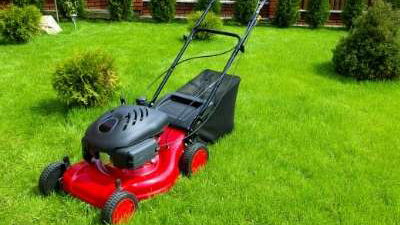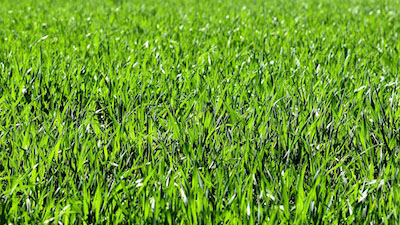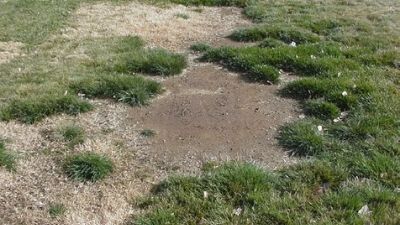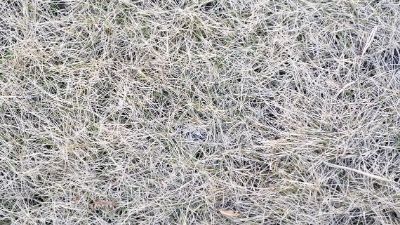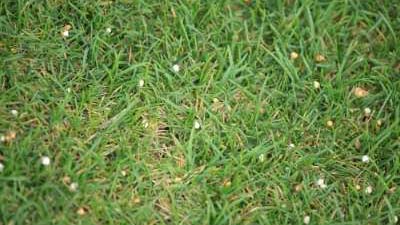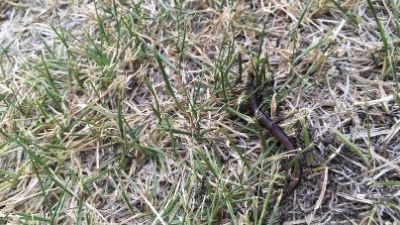Water-Wise Landscaping: Practical Turfgrass Areas
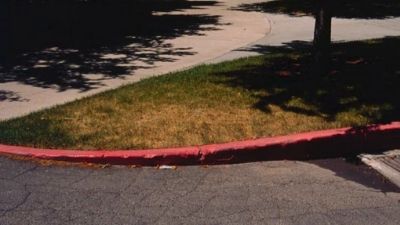
Of the seven guiding principles of water-wise landscaping (a.k.a. Xeriscaping™), the most controversial involves the use of turfgrass in the landscape. At times it has seemed that water-wise landscaping might not allow for the use of turfgrasses at all. In fact, water-wise landscaping recognizes turfgrass as an integral component of the landscape.
A water-wise landscape must meet the needs of the users, and if that means recreation space, turf is the best and often only appropriate ground cover. Turfgrasses are a very practical surface for many urban landscapes, but sometimes it is used where the function isn’t recreation. In these situations, more water conserving plant materials might be used. The reason that turfgrass is mentioned specifically in water-wise landscaping guidelines is that there is great potential for over-irrigation of turfgrasses. Unlike other plants that exhibit the stresses of overwatering readily, turfgrass is able to withstand a great deal of over irrigation without exhibiting signs of stress. In addition, as an herbaceous plant, turfgrass is often one of the first plants in the landscape to exhibit signs of drought stress. These facts coupled with a “more is always better” attitude toward landscape irrigation, predispose turfgrass areas to over-irrigation.
Benefits of Turfgrass
Turfgrass has some very specific benefits in the landscape. For example, it is the only landscape plant material that can withstand the stresses of traffic and mowing that are commonly applied to it. One can trample it, tear it, and mow it, and it grows back! It is also the most practical surface for many types of outdoor recreation. And mowed lawns are a standard component of many urban fire control strategies.
Turfgrass also provides many other environmental benefits. One such benefit is a reduction in the amount of surface runoff water. This is a key component to protecting water quality. An average golf course, for example, can absorb 4 million gallons of water during a 1-inch rainstorm. And a golf course or turf area can absorb far more than one inch of rain water without runoff, assuming it's not coming down too quickly. This is because a dense turf area can reduce runoff to virtually nothing. And when compared to a non-turf area (like a garden or agricultural field), grass areas can reduce runoff-induced soil erosion by up to 600 times (Whiting, et al., 2005).
Turfgrass also reduces environmental pollutants. It traps dust and pollen and controls wind erosion of soil. Turfgrass also moderates temperature levels, which can reduce the amount of energy used for home cooling in the summer months. The soil microbes associated with growing turfgrass also work to break down pollutants in the environment such as air contaminants washed out by rainstorms, pesticides, and pollen.
Turfgrass in the Water-Wise Landscape
Turfgrass can be a practical and beautiful component of a water-wise landscape. As a design component, turfgrass invites participation in the landscape while providing unity and simplicity (Welsh, 2001). When using turfgrass in a waterwise landscape, a few basic guidelines are helpful.
- Only use turfgrass in areas where it is functional. These areas may include play areas, areas receiving traffic, and areas needing temperature, noise, or dust mitigation. If the only time a turf area receives traffic is when it's mowed, perhaps a lower maintenance plant would work in that location.
- Consider choosing turfgrass species with lower water requirements. In Utah, certain varieties of the different turfgrass species
perform better. These may be found at http://extension.usu.edu/files/publications/Turfgrass.html. This bulletin also discusses the characteristics and applications of commonly used turfgrass species in Utah. - Consider using non-irrigated turfgrass areas. If the turfgrass is not performing a functional role, does it really need to be irrigated? Many turfgrasses can withstand considerable drought stress by entering dormancy (turning brown). When conditions improve, they will green up again.
- Do not plant turfgrass in narrow, small, or oddly shaped areas that are difficult to irrigate efficiently. In these types of locations, there are many other plants that are more practical choices.
- Hydrozoning in a water-wise landscape certainly applies to turfgrasses as well as other plants. Plan and design irrigation systems so that turfgrass areas are irrigated separately from other landscape plants. Also, become familiar with the actual water requirements of the turfgrass and don't exceed them.
- Use cultural practices that will improve turfgrass water use efficiency. For example, mowing at a height of 2 ½ or 3 inches will encourage deeper rooting and improved heat and drought tolerance. Proper fertilization will also support healthy turfgrass and allow it to withstand the stresses of heat and drought better. Returning grass clippings when mowing also helps to reduce evaporation of water from the soil surface.
When these guidelines are followed, turfgrass becomes an appropriate, practical, and beautiful component of the water-wise landscape.
References
- Whiting, D., R. Tolan, B. Mecham, and M. Bauer. 2005. Water-wise gardening: creating practical turf areas. Colorado State University Cooperative Extension. (http://www.ext.colostate.edu/pubs/garden/07761.html)
- Welsh, D. Refining the concept of xeriscape. 2001. p. 39-41. In Cathey (ed.) Water right: conserving our water, preserving our environment. International Turf Producers Foundation. Rolling Meadows, IL.
Utah State University Extension
Peer-reviewed fact sheet
Authors
Kelly Kopp, Associate Professor and Extension Water Conservation and Turfgrass Specialist; Paul Johnson, Associate Professor, Plants, Soils and Biometeorology Department; and Loralie Cox
Related Research




